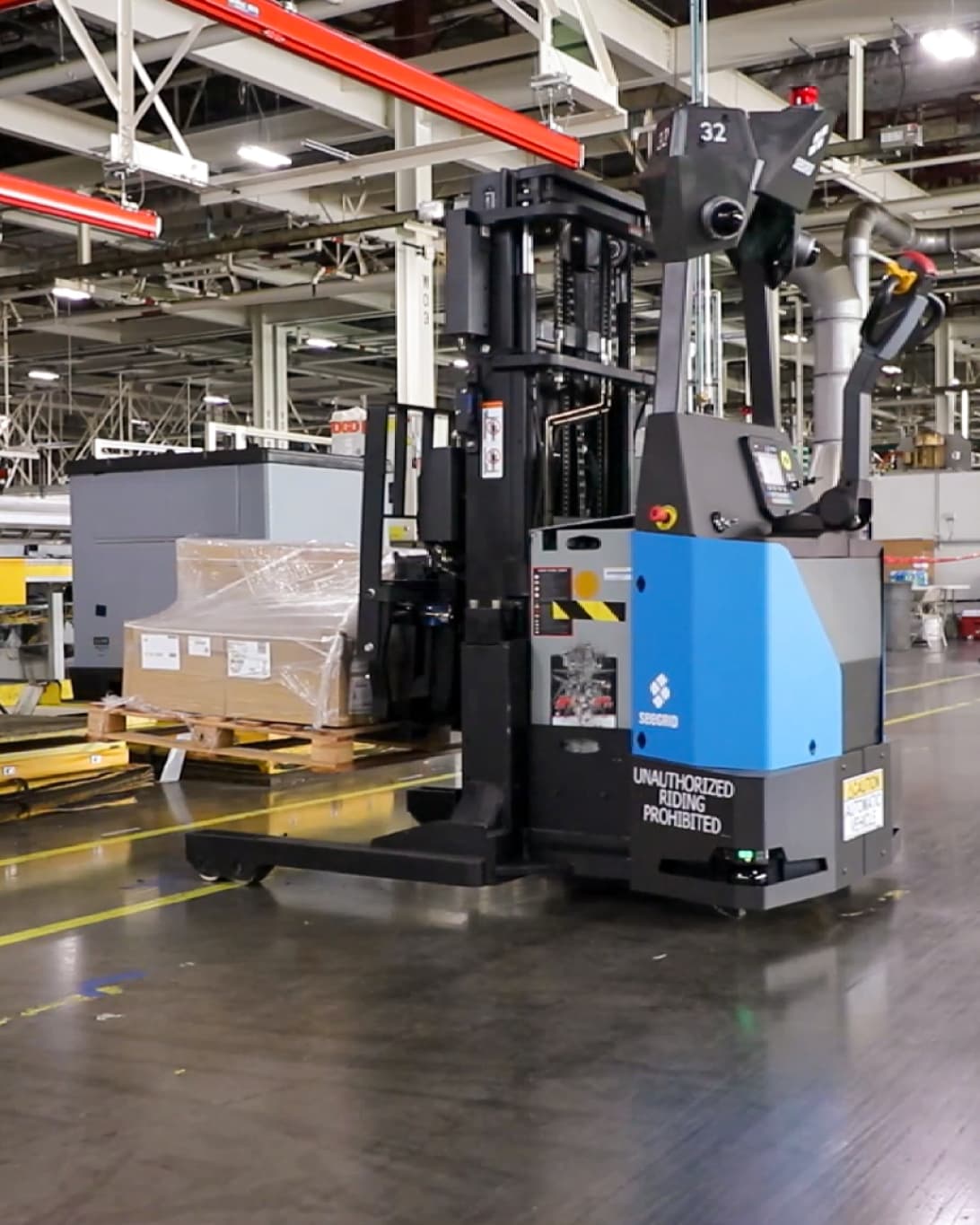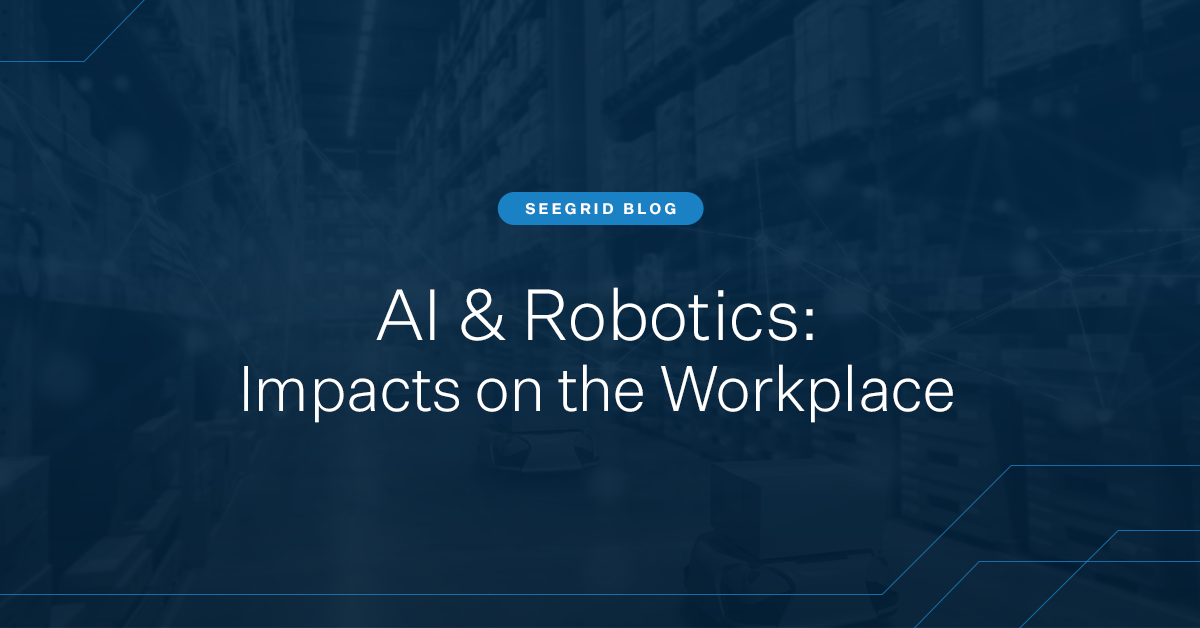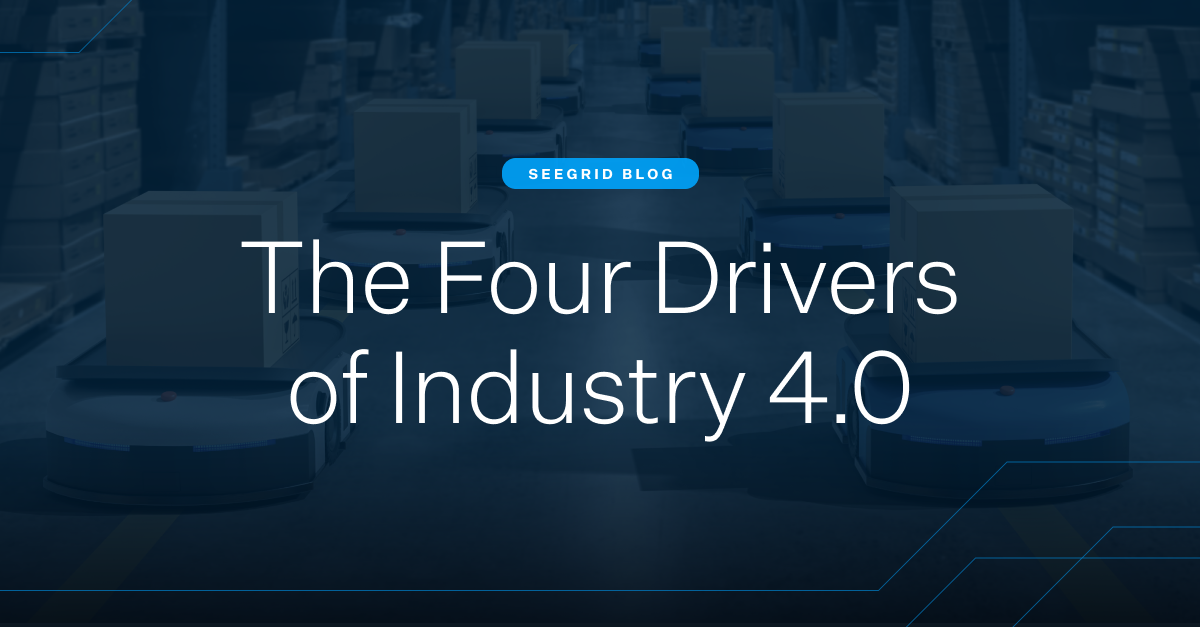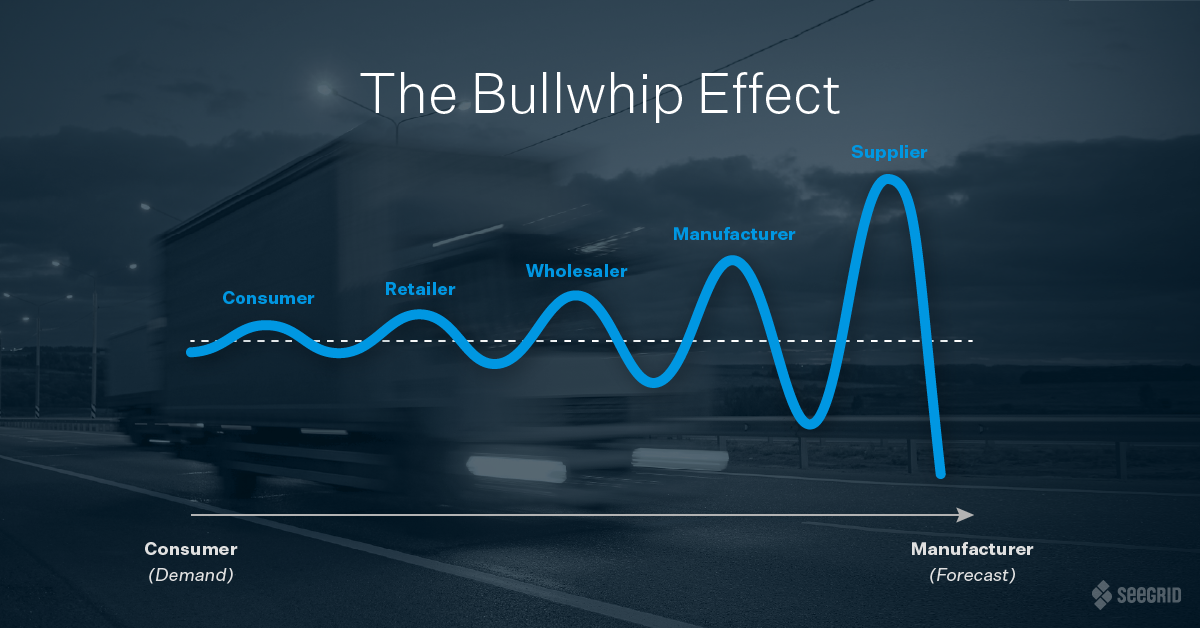Think back to January 2020— life looked a little different. The global pandemic has had a profound impact on just about everything we do, forcing changes in how we work, play, communicate, and really, how we live. Our recent blog on consumer goods manufacturing highlights how the arrival of COVID-19 created the perfect storm in the consumer goods space, driving spikes in demand, exacerbating labor shortages, and increasing focus on health and safety protocols. It also discussed how these changes impact companies within the space and what is necessary to address the fluctuations, as we look toward a future that promises a less reliable, less predictable long-term forecast.
Even before the pandemic, manufacturing labor predictions estimated the shortage at 2.4M by 2028. Today, the labor shortage problem becomes exacerbated by one of the biggest factors currently confronting manufacturing: skyrocketing consumer demand. In 2021, the spending in the durable goods space is now clocking in at 13 percent of total spending, the highest it’s ever been. Add to that the challenges of social distancing and increased cleaning requirements, and you can understand what the consumer goods sector has been grappling with—and what it will continue to face as we look toward a new normal.
What’s the solution? Developing flexible and scalable manufacturing processes will address unpredictable consumer demand and labor shortages and incorporating automation will allow for continued dedication to safety for consumer goods manufacturing. The heightened focus on these areas are crucial, not just for today’s challenges, but for addressing future disruptions that may come. In addition to those elements, we can also expect to see some long-term changes in the space.
Data in the Spotlight
The importance of data has long been known, but in the coming years we’ll see an even greater push toward obtaining accurate, real-time data to help weather unpredictable storms. Real-time insights into everything from supply chains to facility floor operations will give manufacturers a leg up on confronting disruptions, enabling them to stay ahead of issues as much as possible and identify solutions before any significant impact is felt. AMR fleets, together with fleet management software, make it easy to monitor the flow of materials throughout a facility by providing real-time status updates to help quickly identify disruptions and help ensure routes are always optimized. Looking forward, data-driven manufacturing technology will provide a significant competitive advantage in the consumer goods industry.
Increased Focus on Health and Safety
The events of 2020 have forced us to rethink safety in every aspect of our lives, and manufacturing facilities are no exception. Manually driven forklifts and industrial vehicles are notoriously dangerous. In fact, 97,000 forklifts are involved in an injury or fatality each year. Seegrid Palion AMRs autonomously transport billions of pounds of materials each month and have safely driven more than four million autonomous miles across production and distribution facilities without a single personnel safety incident. The role of automation in reducing accidents is not new and continues to be significant, but in a post COVID-19 world, AMRs will also be key in ensuring hygiene across facilities. Automation allows for more successful social distancing and helps reduce the spread of viruses by limiting direct interaction between employees and reducing the need to handle product. The future of manufacturing is likely to see more stringent rules in place when it comes to not only physical safety but human hygiene, and automation will be key in helping keep employees safe and healthy in the long-term.
The clouds brought by 2020 will inevitably pass, but we should always be ready for that next storm. COVID-19 has altered the consumer goods industry, likely for the long-term. While we can expect a number of manufacturing process changes in the months and years to come, one thing remains true: AMRs have an increasingly important role to play in consumer goods manufacturing success, in terms of driving domestic production, fueling data-centric resilience strategies, ensuring employee health and safety, and providing a competitive advantage.
Learn More about what Seegrid Palion AMRs can do for you.








